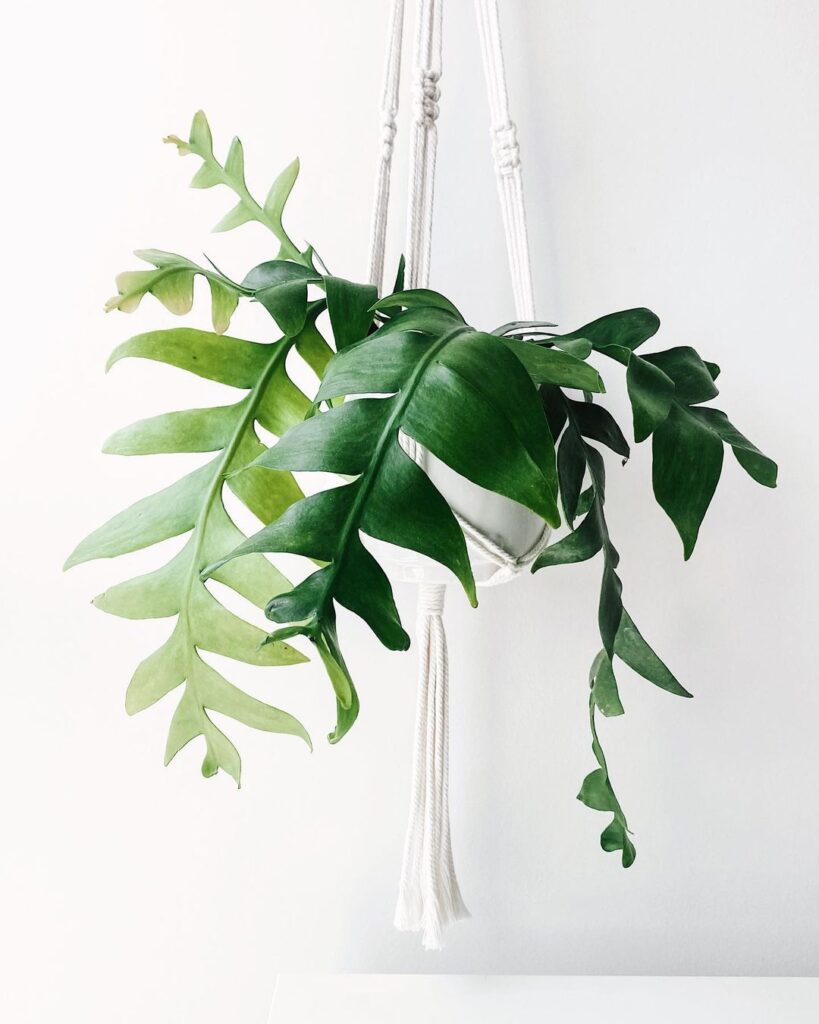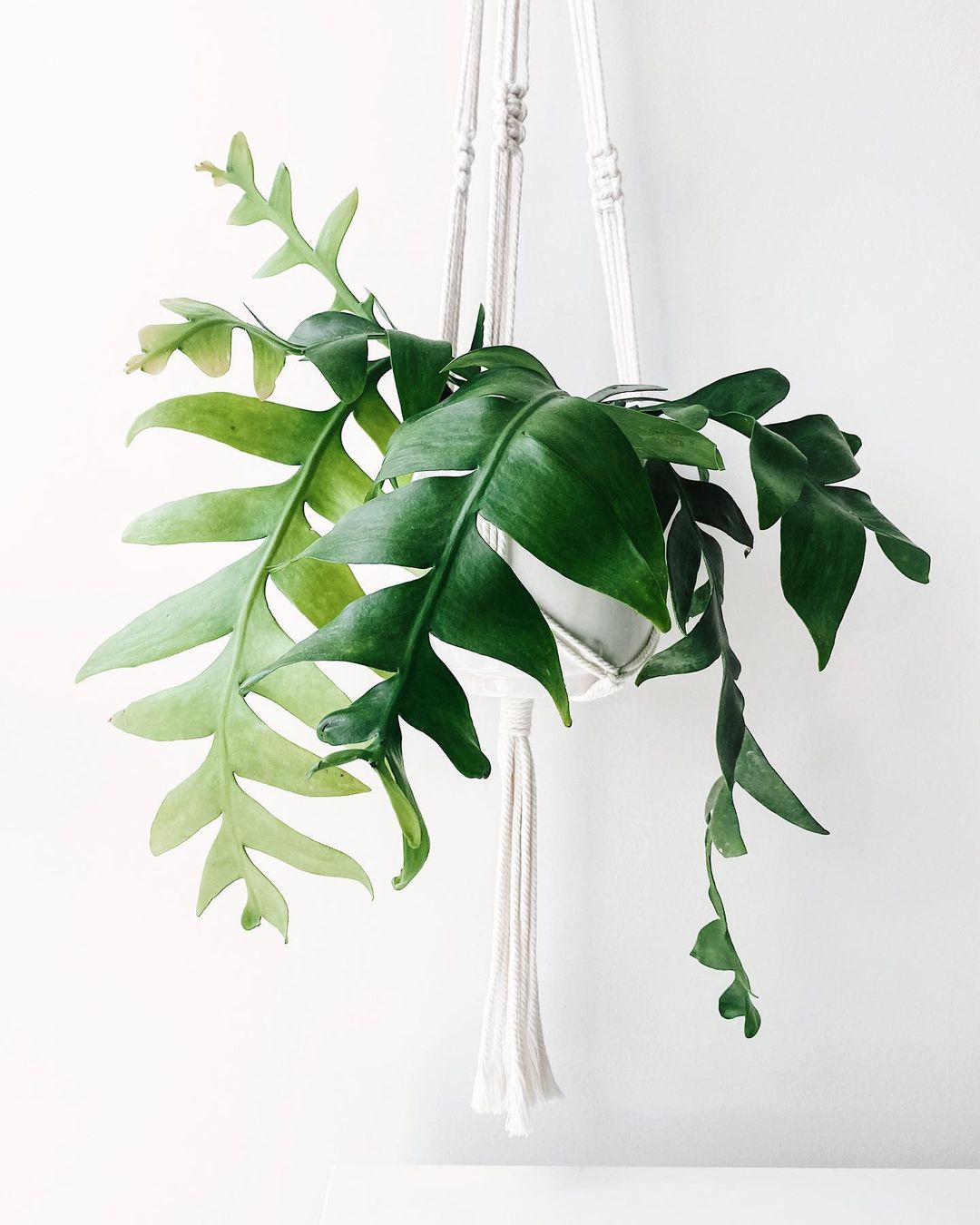This Fern Leaf Cactus Care Guide provides essential tips for the proper maintenance of your Selenicereus Chrysocardium in homes.
Selenicereus Chrysocardium is a unique and beautiful plant that requires specific care to thrive. In this Fern Leaf Cactus Care Guide, we will discuss the essential steps for maintaining a healthy plant in your home.
Botanical Name: Selenicereus Chrysocardium
Common Names: Fern Leaf Orchid Cactus, Golden Heart Epiphyllum, Fernleaf Cactus
USDA Zone: 10a-11b
What is Fern Leaf Cactus?

Native to Mexico, the Fern Leaf Cactus (Selenicereus Chrysocardium), previously named Epiphyllum Chrysocardium, is a spineless, epiphytic cactus that grows in a zig-zag pattern with flat, pale green stems featuring round lobes. It can spread up to six feet long and produces large, white flowers with extended golden stamen filaments. While this cactus is not a frequent bloomer, its infrequent, shy flowering can be a remarkable sight.
How to Propagate Fern Leaf Cactus
You can propagate Selenicereus Chrysocardium from cuttings with the below steps:
- Choose a cutting of fern leaf cactus that is at least 6 inches in length, or locate a natural cutting spot on the plant.
- Allow the cutting to callus over for about a day to prevent rot.
- Plant the cutting in well-draining succulent soil and maintain a consistently moist and humid environment to encourage root growth.
- After several weeks, test for root development by gently tugging on the cutting.
- To speed up the process, apply rooting hormone to the cutting end before planting.
- It is best to propagate fern leaf orchid cactus during the warm seasons of spring and summer.
Fern Leaf Cactus Growing Needs
Light
Epiphytic plants are not typically found in direct sunlight. Similarly, fern leaf cactus prefers bright, filtered light. They make great indoor plants due to their low-light needs.
Ideally, these plants should be placed in an area that receives full morning sun and partial shade for the rest of the day. This can be achieved by placing the plant near an east-facing window that is clear.
Soil
The most crucial factor in caring for epiphytic cacti is the type of potting soil you are using. While opinions on using commercial cactus or orchid mixes vary. According to our fern leaf cactus care guide, epiphytes require well-draining soil with plenty of space for air circulation, as their roots are typically exposed to air.
For those interested in creating their own mix, a basic formula of 60% potting soil and 40% perlite is recommended, with additional amendments such as peat, orchid bark, sand, fine gravel, and leaf mold often added. A pH level of 5.0 to 6.0 should be the target.
Water
Keep the soil moist but not waterlogged. Allow the soil to dry slightly between waterings. Water deeply once a week or more frequently during hot, dry weather. If the top 1 inch of soil is dry, it’s time to water. During dormancy, water is just enough to prevent the plant from drying out completely.
Temperature and Humidity
Fern leaf cactus prefer a temperature range between 70-75 F (45-100 C). It enjoys a bit of extra humidity.
Fern Leaf Cactus Care Guide
Fertilizer
During the growing season, fertilize your fern leaf cactus once a month with a balanced, general-purpose fertilizer. Avoid fertilizing during winter.
Tip: You can sum up worm castings in the soil as they are rich in nutrients and beneficial bacteria. They aid in improving the health of the soil.
Repotting
When using ingredients that eventually decompose, such as orchid bark, it is recommended to repot your fern leaf cactus every 2 to 3 years. This helps ensure that the plant has fresh, nutrient-rich soil and adequate room for root growth.
Pests and Diseases
The fern leaf cactus has no serious pests or diseases, but it is susceptible to mealybugs and scales.
How to Force Fern Leaf Cactus To Bloom?
The amount of light that your fern leaf cactus receives can impact its ability to produce blooms, although the specific requirements can differ greatly between species. Some epiphytes can be forced to flower by creating shorter days, which can be achieved by placing the plant in a dark closet for 12 or more hours each day over a period of 4 to 6 weeks.



